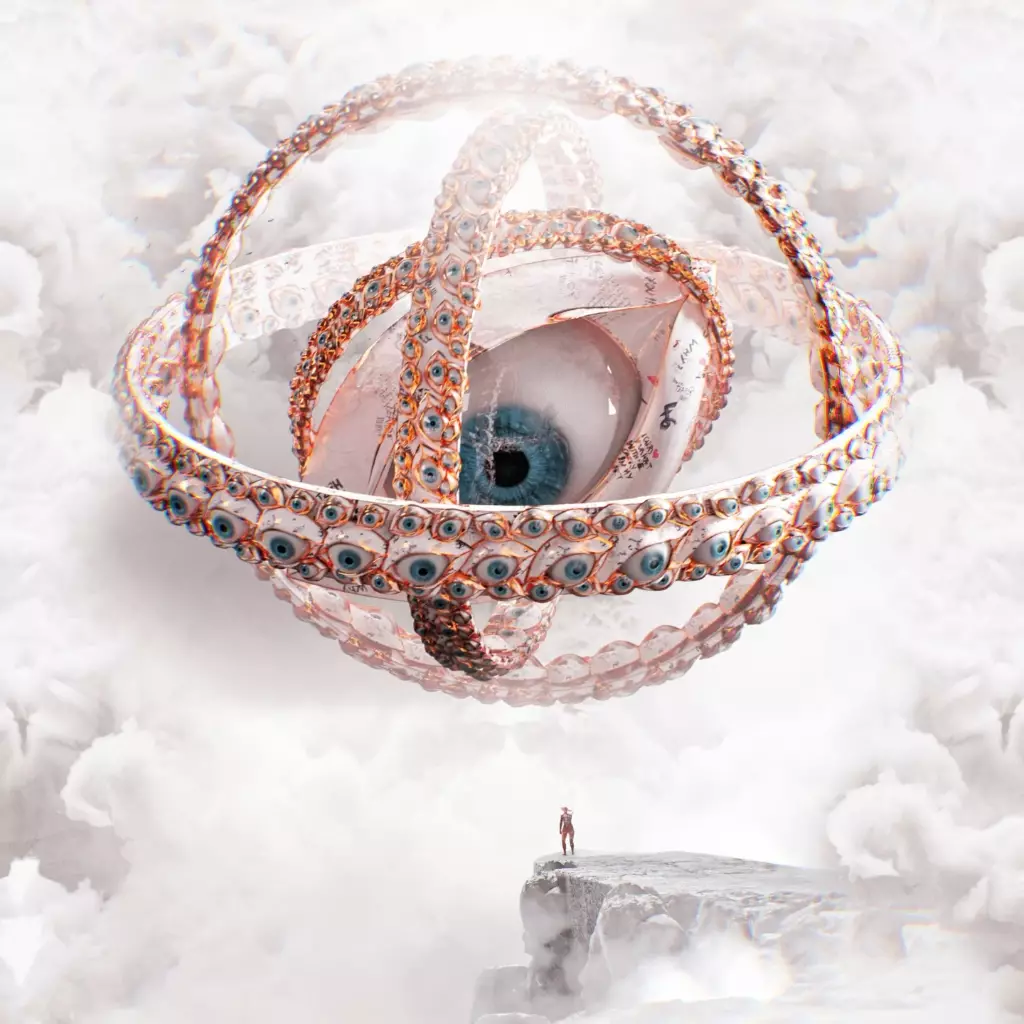
Angels have always captivated humanity, with different traditions explaining their ranks and roles in the celestial hierarchy. Among the most fascinating are the Thrones. These celestial beings embody divine justice and unwavering stability.
Who Are the Thrones?
In Christian angelology, the Thrones belong to the highest triad of angels, alongside Seraphim and Cherubim. They connect deeply to God’s justice, carrying out His divine will with absolute obedience. Often depicted as radiant wheels covered in eyes, they symbolize wisdom, vigilance, and divine authority.
Role and Purpose of Thrones
They serve as intermediaries between the higher celestial orders and the lower-ranking angels. They primarily uphold divine law and maintain cosmic balance. Unlike guardian angels, they do not interact directly with humanity but instead channel God’s justice into the material and spiritual realms.
These angels also act as conduits of divine energy. They reflect God’s wisdom and pass it to the lower angelic orders, helping them fulfill their responsibilities. Their presence ensures that justice and fairness prevail throughout the universe.
Thrones in Religious Texts and Traditions
The concept of Thrones appears in several religious texts and interpretations. The Bible references them in the Book of Ezekiel and the Book of Colossians. Ezekiel describes them as fiery wheels full of eyes, emphasizing their omniscience and divine nature. In Colossians 1:16, Thrones are mentioned as part of the celestial hierarchy God created to govern the universe.
Various theological scholars associate Thrones with divine judgment and celestial order. As powerful beings supporting God’s throne, they reinforce stability and justice.
Compared to Other Angelic Orders
While Seraphim burn with love and devotion to God, and Cherubim guard sacred mysteries with deep knowledge, Thrones stand apart as carriers of divine justice. They do not engage in emotional or protective roles but focus solely on executing God’s will with unwavering precision.
Depictions of Thrones in Art and Culture
Throughout history, artists and theologians have illustrated Thrones in various ways. The most common depiction is a wheel-like form covered in multiple eyes, highlighting their wisdom and omnipresence. Inspired by Ezekiel’s vision, this imagery has shaped Christian art, literature, and even modern fantasy portrayals of angels.
Conclusion
The Thrones remain one of the most mysterious and awe-inspiring angelic orders. As divine enforcers of justice, they ensure that God’s will unfolds without deviation. Their presence in religious texts and artistic depictions continues to inspire awe and reverence. By understanding their role, we gain deeper insight into the structured celestial hierarchy that governs the spiritual realm.

